Finding the Best Leg Pain Doctor Near Me
Are you experiencing constant leg pain that interferes with your daily life? Finding the right leg pain doctor can be the key to regaining mobility and comfort. From muscle strains and nerve damage to chronic conditions like arthritis or sciatica, leg pain can have many causes. The right specialist can diagnose the source of your discomfort and create a tailored leg pain treatment plan to suit your needs. This guide will help you understand how to choose the best leg pain doctor and explore various treatment options available.
Understanding Leg Pain and Common Causes
Leg pain can result from numerous causes, ranging from muscle and joint issues to nerve and circulatory problems. Recognizing the cause of your leg pain is the first step in finding effective relief.
- Musculoskeletal Causes: Common sources include muscle strains, ligament sprains, or tears due to overuse, sudden movements, or trauma. Conditions like arthritis or bursitis can also cause leg pain as joints deteriorate and inflammation sets in.
- Nerve-Related Issues: Conditions like sciatica or peripheral neuropathy may lead to radiating pain, numbness, and tingling. When nerves are compressed or irritated, pain may extend down the leg.
- Circulatory Problems: Issues such as deep vein thrombosis (DVT) or peripheral artery disease can lead to leg pain, causing aching, cramping, and a heavy or tired feeling.
Understanding the cause is essential for a leg pain doctor to provide effective leg pain relief and develop an individualized treatment plan.
Common Symptoms of Leg Pain
Leg pain symptoms can vary widely depending on the cause, but common indicators include:
- Throbbing or stabbing pain in the leg, ankle, or foot
- Swelling or inflammation
- Reduced range of motion or stiffness
- Numbness, tingling, or a burning sensation
- Weakness or difficulty putting weight on the leg
- Changes in skin color or temperature
By keeping track of your symptoms, including what triggers the pain, a leg pain doctor can make a more accurate diagnosis.
When to See a Leg Pain Doctor
Persistent or severe leg pain is a sign that it’s time to seek professional help. You should consider seeing a leg pain doctor if you experience:
- Leg pain lasting more than a few days without improvement
- Sudden, severe pain without a known cause
- Swelling, redness, or warmth in the leg
- Pain that worsens with specific movements or activities
- Pain accompanied by numbness, tingling, or muscle weakness
- Limited mobility due to pain
Ignoring leg pain may lead to worsening symptoms and decreased quality of life, so consulting a specialist early is key to effective leg pain treatment.
Why Choosing the Right Leg Pain Doctor Matters
A specialized leg pain doctor—such as an orthopedist, neurologist, or vascular specialist—possesses the expertise needed to diagnose and treat complex leg pain causes. Unlike general practitioners, these specialists have in-depth knowledge of leg anatomy and can use advanced diagnostic tools to provide targeted care.
A leg pain doctor will develop a comprehensive plan considering your medical history, lifestyle, and treatment preferences, focusing on both immediate relief and preventing recurrence.
Tips for Finding a Reputable Leg Pain Doctor
When searching for the right leg pain doctor, keep these factors in mind:
- Specialization: Look for a doctor who specializes in leg, ankle, or foot conditions, like an orthopedist or vascular surgeon.
- Credentials and Experience: Check their education, board certifications, and years of practice.
- Referrals: Ask for recommendations from your primary care physician or physical therapist.
- Patient Reviews: Read online reviews to learn about their bedside manner, communication, and patient satisfaction.
- Location and Convenience: Ensure the doctor’s office is accessible and has convenient hours.
- Treatment Approach: Ask about their use of conservative therapies, minimally invasive procedures, and alternative treatments.
Questions to Ask a Leg Pain Doctor
When consulting a potential leg pain doctor, ask the following questions to ensure they’re the best fit for you:
- What experience do you have with leg, ankle, and foot conditions?
- What are the most common causes of leg pain in your practice?
- What diagnostic methods do you typically use?
- What treatments would you recommend for my condition?
- Do you involve physical therapy or other specialists in your treatment plans?
- What are the risks and side effects of the recommended treatments?
- How frequently would I need follow-up appointments?
These questions can help you understand the doctor’s expertise, treatment approach, and communication style, allowing you to make an informed choice.
Treatment Options for Leg Pain
Leg pain treatment varies depending on the root cause. A skilled leg pain doctor may recommend one or more of the following treatments:
- Conservative Therapies: Rest, ice, and over-the-counter medications can reduce inflammation and ease symptoms.
- Physical Therapy: A physical therapist may design an exercise program to improve strength, flexibility, and range of motion.
- Medications: Prescription pain relievers, anti-inflammatory drugs, or nerve-specific medications may be used for chronic pain.
- Injections: Corticosteroid or nerve-block injections target specific areas to reduce pain and inflammation.
- Minimally Invasive Procedures: Options like nerve ablation or percutaneous discectomy address nerve-related pain with minimal downtime.
- Surgery: In cases where structural issues are present, surgery such as joint replacement or tendon repair may be necessary.
Alternative Therapies for Leg Pain Relief
In addition to traditional treatments, alternative therapies may offer relief for leg pain. Consider discussing these options with your leg pain doctor:
- Acupuncture: Thin needles stimulate energy flow to reduce pain and promote healing.
- Massage Therapy: Targeted massage can improve circulation, relax tense muscles, and reduce inflammation.
- Herbal Supplements: Anti-inflammatory supplements like turmeric or ginger can support pain relief.
- Yoga and Tai Chi: These gentle practices improve flexibility and balance.
- Cryotherapy: Cold therapy can help reduce inflammation and numb pain.
- TENS Therapy: Electrical impulses from a TENS device disrupt pain signals.
These therapies can complement traditional treatments to enhance leg pain relief.
Preventing Leg Pain in the Future
To reduce the risk of recurring leg pain, consider these preventive measures:
- Maintain a Healthy Weight: Excess weight puts added stress on your legs.
- Exercise Regularly: Low-impact activities like swimming or cycling can strengthen leg muscles.
- Stretch and Strengthen: Regular stretching and strength training improve leg flexibility and stability.
- Wear Supportive Footwear: Invest in well-fitting shoes that support your feet and legs.
- Avoid High-Impact Activities: If you’re prone to leg pain, limit activities like running that stress the legs.
- Practice Good Posture: Proper posture and body mechanics reduce strain.
- Manage Medical Conditions: Conditions like diabetes or arthritis should be managed to prevent leg pain.
Conclusion: Take the First Step Toward Leg Pain Relief
If leg pain is holding you back, finding the right leg pain doctor can make a significant difference in your quality of life. The right specialist will provide a thorough assessment, accurate diagnosis, and personalized treatment plan to address the cause of your pain. By evaluating potential leg pain doctors based on their credentials, experience, and approach, you’ll be well-equipped to choose a healthcare provider who can support your journey to recovery and comfort.






